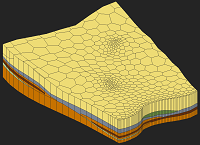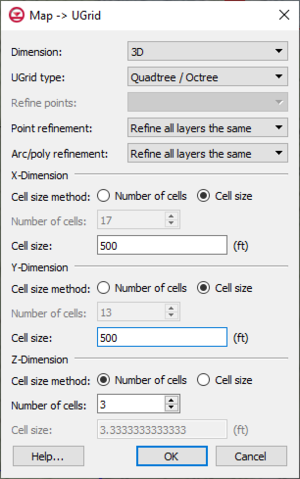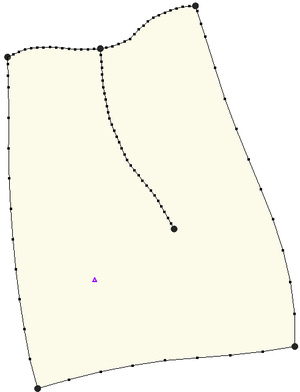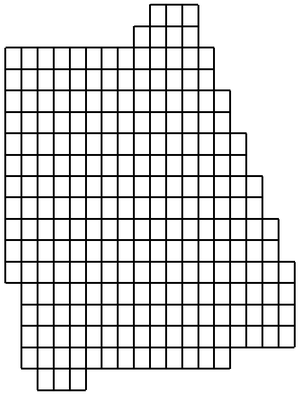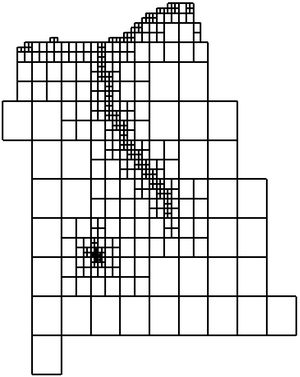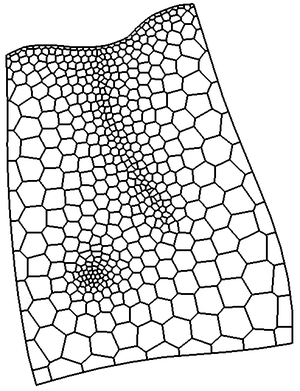GMS:Creating and Editing UGrids: Difference between revisions
From XMS Wiki
Jump to navigationJump to search
| Line 11: | Line 11: | ||
[[Image:DialogCreateUGrid.png|thumb|right|Create UGrid dialog.]] | [[Image:DialogCreateUGrid.png|thumb|right|Create UGrid dialog.]] | ||
=== | ===Map → UGrid Dialog=== | ||
*Dimension – Specifies whether a 2D or 3D UGrid will be created. | *Dimension – Specifies whether a 2D or 3D UGrid will be created. | ||
*UGrid type | *UGrid type | ||
